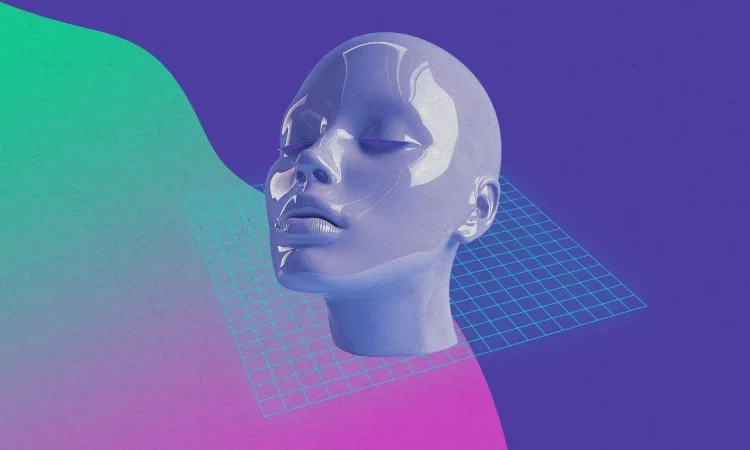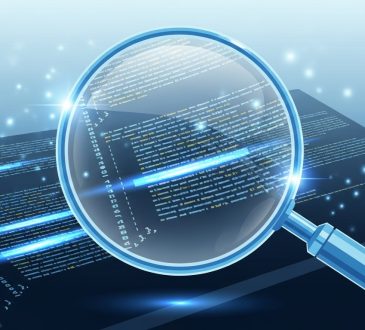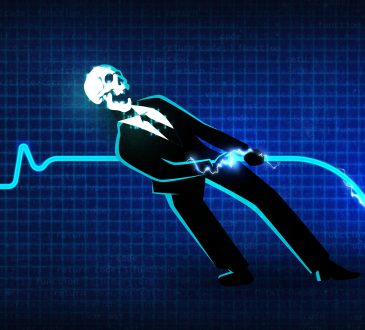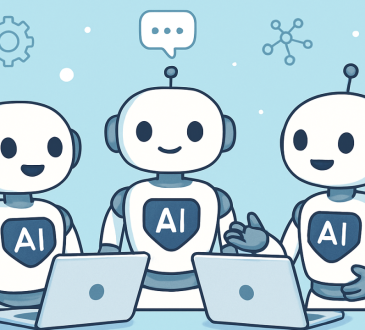
As technology races ahead, artificial intelligence (AI) continues to dominate global innovation—reshaping how we live, work, and interact. The year 2025 marks a major turning point for AI, where it’s no longer a futuristic concept but an everyday reality influencing every sector imaginable.
From generative AI that crafts lifelike content to automation systems running industries worldwide, AI is transforming the modern world. Let’s explore the top AI trends defining 2025 and how they’re shaping the next era of intelligent technology.
1. Generative AI Expands Beyond Creativity
Generative AI has grown far beyond producing text or images—it’s now an innovation powerhouse across industries like design, education, research, and manufacturing.
AI models in 2025 can generate music, detailed 3D models, and complex code, blurring the lines between human and machine creativity. What’s even more fascinating is that today’s models can understand emotions and adapt tone, creating responses that feel genuinely human.
Businesses are using these advanced tools to deliver personalized experiences at scale, but this also raises important questions about authenticity and ownership of AI-generated content.
2. AI Assistants Evolve into Digital Colleagues
Gone are the days when AI assistants only set reminders or answered basic queries. In 2025, they’ve evolved into true digital teammates—capable of reasoning, collaboration, and proactive problem-solving.
Modern assistants can now process voice, text, and visuals together, allowing for seamless interaction. In workplaces, they analyze meetings, summarize discussions, and even suggest strategies using past performance data.
In education, they act as personal tutors, adapting lessons to each student’s pace and learning style. This leap marks a shift from reactive bots to proactive AI partners that enhance productivity and creativity.
3. AI and Automation Redefine the Workforce
AI and automation continue to reshape industries, but instead of replacing people, they’re redefining how humans work.
Smart robots and AI-driven systems are now common in logistics, healthcare, retail, and manufacturing—streamlining workflows and boosting efficiency. As routine tasks become automated, employees can focus on creative and analytical roles that require human judgment.
To adapt, companies are launching AI upskilling programs, and governments are emphasizing AI literacy to prepare workers for the digital future. The result? A collaborative workforce where humans and machines complement each other’s strengths.
4. Ethical AI and Regulation Take Center Stage
With AI’s growing influence, ethical concerns are now at the forefront. In 2025, responsible AI is more than a buzzword—it’s a necessity.
Governments worldwide are enforcing AI regulations focused on transparency, fairness, and accountability. The European Union has led the charge with strict governance policies, while nations in Asia and North America are creating AI auditing standards.
Companies, too, are forming ethics committees to ensure that AI decisions remain transparent and unbiased. The message is clear: innovation must move forward, but not at the expense of human rights and trust.
5. AI in Healthcare: Precision and Personalization
AI is transforming healthcare into a data-driven, patient-first ecosystem. By 2025, AI systems can analyze genetic information, detect diseases early, and design personalized treatment plans.
Hospitals now use AI-powered virtual nurses to monitor patients 24/7, while drug companies leverage AI to accelerate clinical trials and drug discovery.
The outcome is revolutionary: faster diagnoses, cost-effective care, and better patient outcomes—especially in underserved regions where medical expertise is limited.
6. AI in Education: Personalized Learning Experiences
Education in 2025 looks very different, thanks to AI. Adaptive learning systems now tailor lessons to each student’s progress, style, and even emotional state.
Teachers use AI to automate grading, identify weak spots, and develop more effective lesson plans. Meanwhile, AI translation tools are breaking language barriers, helping students access global educational content with ease.
The result is an inclusive, intelligent learning environment where every student gets the attention and support they need.
7. Multimodal AI: The Next Leap in Intelligence
The rise of multimodal AI is one of 2025’s most exciting breakthroughs. These systems can simultaneously understand text, sound, images, and video, enabling more natural and intuitive interactions.
Imagine an AI that can watch a video, interpret visuals, understand spoken words, and summarize everything accurately—that’s multimodal AI in action.
It’s already revolutionizing content creation, security monitoring, and immersive virtual experiences, marking the dawn of truly integrated AI ecosystems.
8. AI for Climate and Sustainability
AI is not just advancing industries—it’s helping save the planet. In 2025, AI is being used to monitor deforestation, predict natural disasters, and optimize renewable energy systems.
In agriculture, AI-powered drones and sensors track soil health and weather patterns, ensuring higher yields with minimal environmental impact. Meanwhile, smart cities rely on AI to manage traffic, reduce emissions, and improve energy efficiency.
This growing alliance between AI and sustainability shows how technology can be both innovative and eco-conscious.
9. The Rise of AI-Generated Media and Entertainment
AI is taking center stage in entertainment. In 2025, filmmakers, musicians, and game designers are using AI to push creative limits like never before.
From AI-generated actors to virtual influencers, synthetic media has entered the mainstream. Creators can now produce high-quality content without large budgets or technical expertise.
However, with this creative freedom comes responsibility—deepfakes and misinformation are on the rise, prompting new verification tools to maintain authenticity in digital media.
10. The Future of AI: Towards General Intelligence
Perhaps the most ambitious goal of all is Artificial General Intelligence (AGI)—machines that can think, reason, and learn like humans.
While AGI remains in its early stages, 2025 has brought us closer than ever. Researchers are focusing on explainable AI, where systems can clarify how they make decisions—an essential step toward building trust.
The pursuit of AGI isn’t just technological; it’s philosophical. It challenges us to define what intelligence truly means and how humans and machines can coexist and collaborate in the future.
Conclusion
The AI revolution in 2025 represents more than technological progress—it’s a reimagining of how humans and machines interact.
From smarter assistants to ethical governance and environmental sustainability, AI’s influence touches every aspect of life. The challenge now lies in using this power responsibly, ensuring that AI continues to serve humanity while fostering creativity, equality, and progress.




